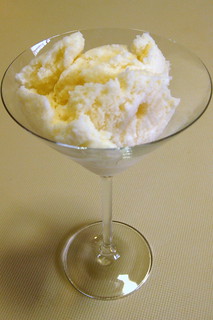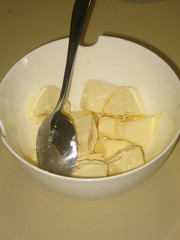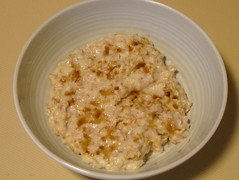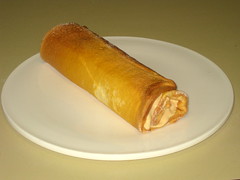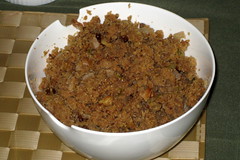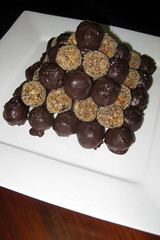 If it was me, I’d be crowing it from the rooftops, but Bernardo Buontalenti’s Wikipedia page is strangely silent on the fact that he invented ice-cream. This may have something to do with being dead for several centuries, and hence he’s not around to fix it. However, if you do a Google search for him, you will uncover information like…
If it was me, I’d be crowing it from the rooftops, but Bernardo Buontalenti’s Wikipedia page is strangely silent on the fact that he invented ice-cream. This may have something to do with being dead for several centuries, and hence he’s not around to fix it. However, if you do a Google search for him, you will uncover information like…
Bernardo Buontalenti (Florence, 1531-Florence 1608) was a Florentine stage designer, architect, theatrical designer, military engineer and artist. … Besides that, he is also traditionally considered the inventor of modern gelato. The Grand Duke Cosimo I de’Medici wanted him to organize an opulent banquet to celebrate the Spanish deputation, that had to stand open-mouthed in front of so much splendour. Buontalenti invented a new dessert for the occasion: a sorbet made with ice, salt (to lower the temperature), lemon, sugar, egg, honey, milk and a drop of wine.
This may not be completely historically accurate, and other Italians also appear to have a claim to being the inventors, or perhaps even some Americans deserve the credit. However, it’s intriguing to think that before the 16th century, no-one had combined the ingredients of milk, egg, honey and ice in the appropriate way to create this dessert, despite those ingredients being available for thousands of years.
However, three things happened recently that have led me to a renewed interest in this. Firstly, our freezer died and has been replaced with a much larger one. Secondly, our beaters died and were replaced with a mix-master that came with an ice-cream maker bowl. Thirdly, summer arrived!
I have tried to find a recipe that matches the original ice-cream (gelato) recipe, but it appears to be a closely-guarded secret. However, I did come across one recipe for “Buontalenti” ice cream that has turned out very well, and importantly, doesn’t have silly instructions like checking if things coat the back of a wooden spoon. Here’s my Australian conversion of it:
Ingredients
- 4 large eggs
- 2 cups (500mL) full-cream milk
- 180mL caster sugar
- 3/4 cup (187mL) thickened cream (eg. 35% milk fat)
- 1/2 teaspoon (2.5mL) liquor for flavouring – in my case I used Grand Marnier but it’s apparently more traditional to use Disaronno Amaretto
Method
- Separate the eggs, and place the yolks into a mixing bowl.
- Add half the sugar to the bowl, and whisk for a couple of minutes until thick and slightly pale in colour.
- Fill the sink with cold water, add some ice-cubes, and place a large, metal mixing bowl in there with a sieve on top. This will come in handy later.
- Place the remaining sugar along with the milk into the medium-sized saucepan and heat, stirring regularly, until the sugar has dissolved and the milk is just about to simmer.
- Remove the saucepan and pour it slowly into the egg-and-sugar mixture, whisking all the while.
- Then pour the mixture back into the saucepan and place over a moderately-low heat, stirring continually, until the temperature reaches 75 degrees Celcius. The mixture should have thickened slightly, becoming a thin custard.
- Remove the saucepan and pour the custard into the chilled bowl, through the sieve. Let it cool for a little while, then place in the fridge until completely chilled.
- Mix in the cream and liquor.
- Process in an ice-cream maker until it forms the consistency of soft ice-cream and increases in volume. Store in the freezer for at least a couple of hours before serving.
Makes about 1.5L of gelato.
